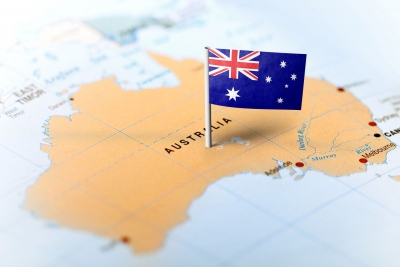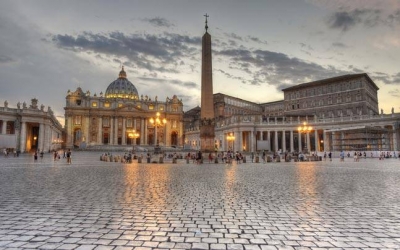Is Australia the smallest continent?

Australia is the smallest continent in the world and includes mainland Australia, Tasmania, the island of New Guinea (Papua New Guinea and portions of Indonesia), the Aru Islands, Ash-more and Cartier Islands, most of the Coral Sea Islands, and some other offshore continental islands. The country of Australia is however a single landmass and encompasses most of the continent. The Australian continent is sometimes referred to as an island continent as it is surrounded by oceans.
Papua New Guinea, which is a country within the Australian continent, is one of the most culturally and linguistically diverse countries. It is also mostly rural, as only 18 per cent of its people live in urban areas. It is estimated that West Papua, a province of Indonesia, has over 44 uncontacted tribal groups. Australia, which forms the largest landmass in the continent, is an urbanised region that is also the world's 14th-largest economy with the second-highest human development index globally. Canberra is Australia's capital and is located in the southeast between Sydney and Melbourne, which are the more significant economic and cultural centres of Australia.
Australia's ecosystem is unusual due to its remote location and is home to many animal species that occur nowhere else in the world. This list includes the platypus, kangaroo, echidna, and koala. Australia has 516 national parks, which protect its rare plants and animals.
Picture Credit : Google













